Lawn Mowing Timing Tips
Proper timing of lawn mowings is essential for maintaining a healthy and attractive yard. The frequency and timing depend on grass type, growth rate, and seasonal conditions. Regular mowing encourages dense growth and prevents weeds from establishing.
During peak growing seasons, lawns may need mowing once a week. In slower growth periods, bi-weekly mowing may suffice to keep the grass healthy.
Mowing is ideal during early morning or late afternoon when temperatures are cooler. Avoid mowing during the hottest part of the day to prevent stress on the grass.
Spring and early summer require more frequent mowing due to rapid growth. In late summer and fall, mowing frequency decreases as growth slows.
Mow when the grass is dry to prevent uneven cuts and turf damage. Wet grass can clog mowers and lead to poor mowing quality.
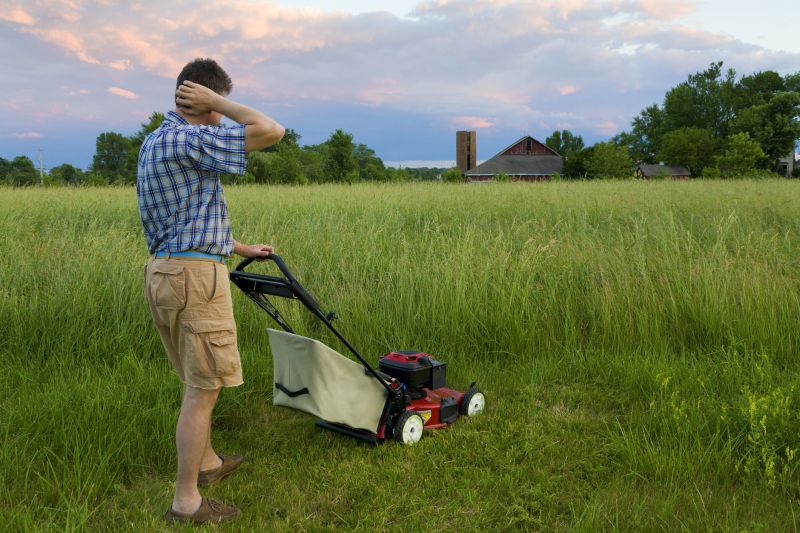
Spring mowing promotes healthy growth and prepares the lawn for the active season.
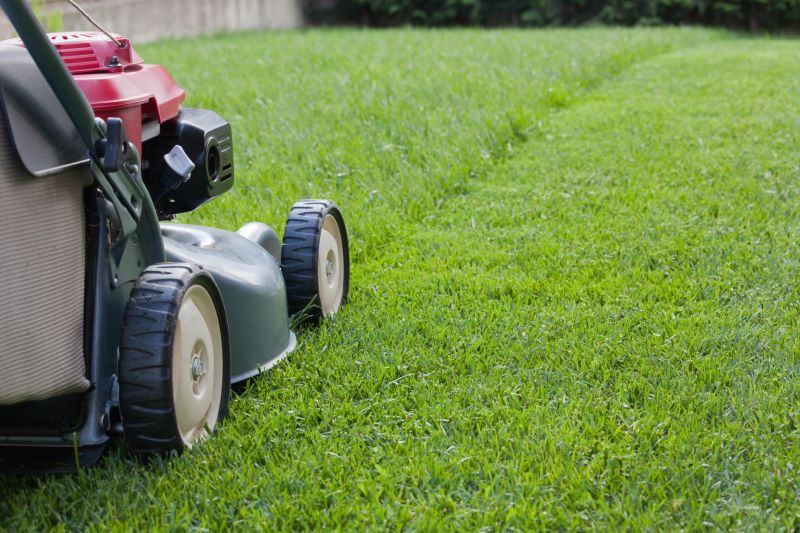
During summer, mowing helps control heat stress and keeps the grass dense.

Fall mowing reduces thatch buildup and prepares the lawn for winter dormancy.

Ways to make Lawn Mowings work in tight or awkward layouts.
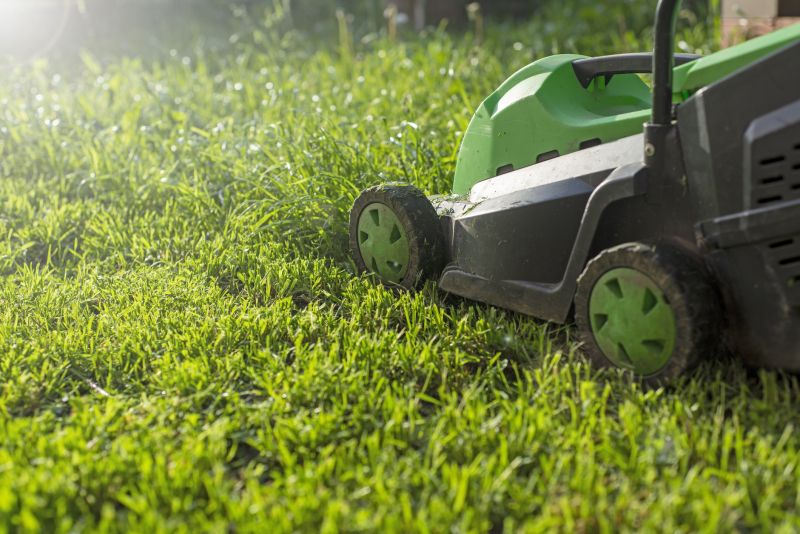
Popular materials for Lawn Mowings and why they hold up over time.
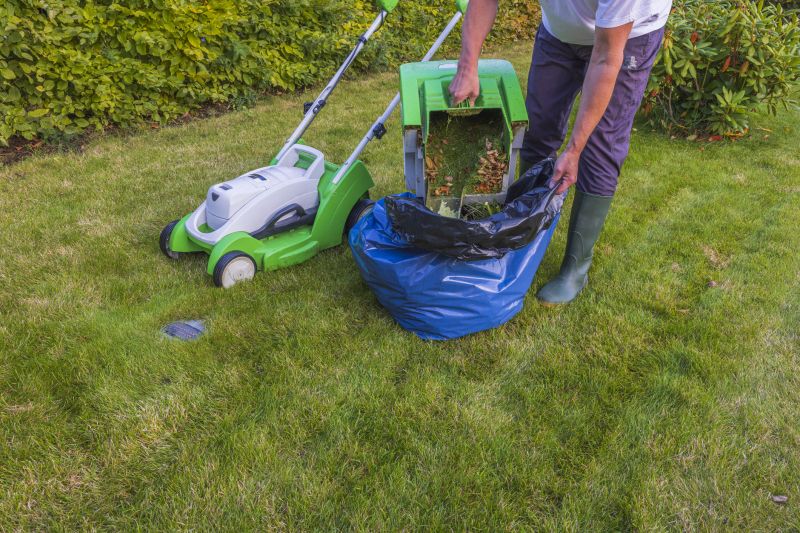
Simple add-ons that improve Lawn Mowings without blowing the budget.
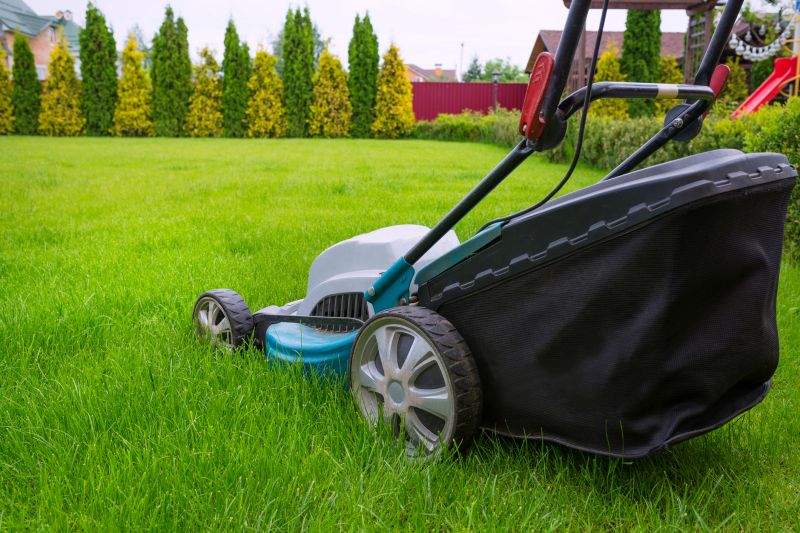
High-end options that actually feel worth it for Lawn Mowings.

Finishes and colors that play nicely with Lawn Mowings.
| Season | Recommended Mowing Frequency |
|---|---|
| Spring | Once a week |
| Early Summer | Once a week |
| Late Summer | Bi-weekly |
| Fall | Bi-weekly |
| Winter | Not recommended |
Lawn mowings play a vital role in maintaining a lush and healthy yard. Proper mowing practices help prevent turf diseases, control thatch buildup, and promote even growth. The height at which grass is cut influences its health; generally, keeping grass at a height of 2.5 to 3 inches encourages deep root growth and resilience against drought and pests.
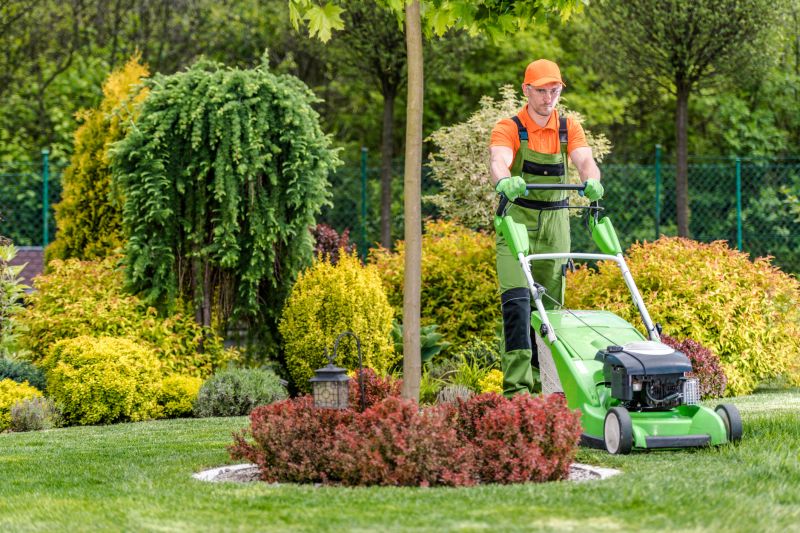
Regular mowing at the right height supports robust root systems.

Sharp blades and correct height prevent turf damage.

Consistent mowing maintains uniformity across the year.

Adjust mowing based on weather and grass growth rate.
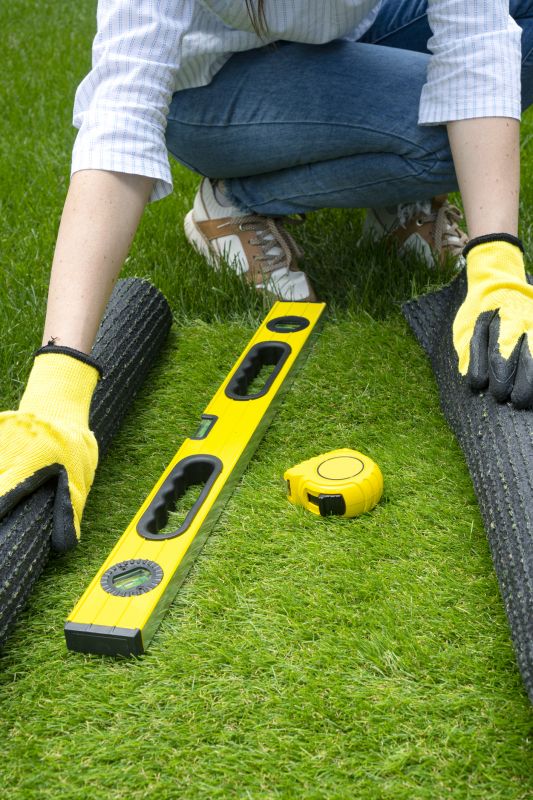
Little measurements that prevent headaches on Lawn Mowings day.

A 60-second routine that keeps Lawn Mowings looking new.

A frequent mistake in Lawn Mowings and how to dodge it.

Small tweaks to make Lawn Mowings safer and easier to use.
Interested in maintaining a healthy lawn through optimal mowing practices? Filling out the contact form can connect to local experts who provide professional lawn mowing services tailored to seasonal needs and turf health.
